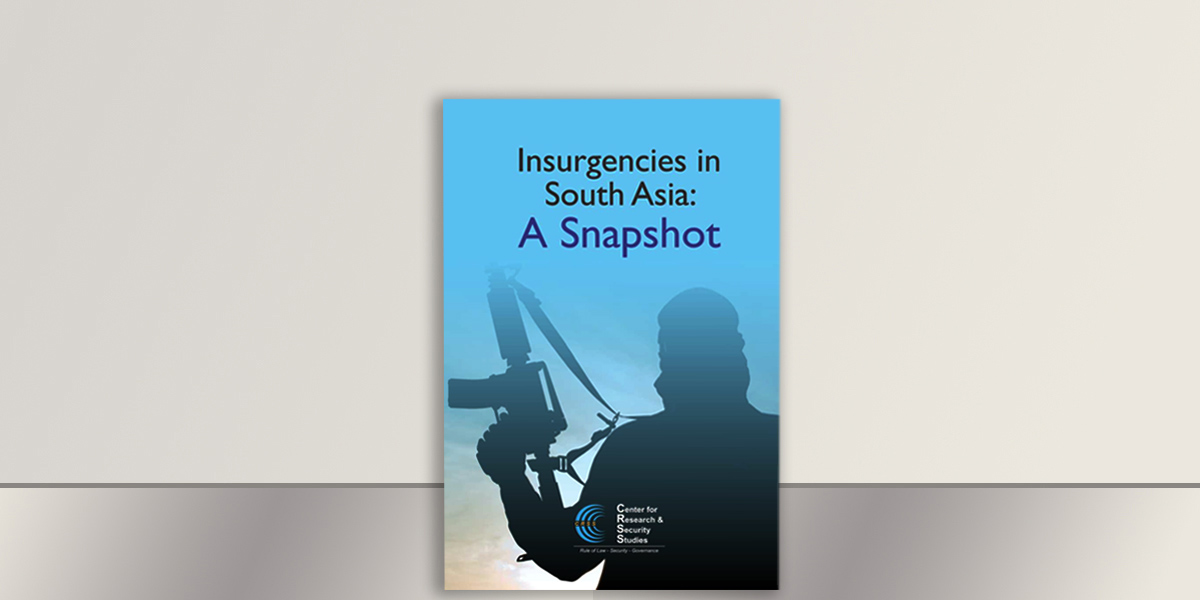PROLOGUE
South Asia stands at a crossroads, beset by complex and enduring insurgencies that have profoundly shaped its socio-political landscape. The Maoist insurgency in India, the Baloch insurgency, and the Tehrik-i-Taliban Pakistan (TTP) insurgency in Pakistan each represent unique yet interconnected challenges that threaten regional stability. This report provides a critical insight into these insurgencies, offering background of their origins, evolution, and the pervasive impacts they have on regional peace and stability, governance, security, and socio-economic conditions of the south asian nations.
The Maoist insurgency in India, commonly referred to as Left Wing Extremism (LWE) or Naxalism, has long been a blight on the nation’s internal security. Despite significant efforts to curb its spread, the insurgency continues to thrive in the tribal heartlands, exploiting deep-rooted socio-economic disparities and governance failures. This insurgency lays bare the inadequacies of India’s development policies, highlighting a persistent neglect of the marginalized communities. The loss of thousands of lives and the displacement of communities expose the fragility of India’s development narrative and raise pressing questions about the state’s capacity to address systemic inequalities. The persistence of Maoist violence testifies the gaps in the country’s socio-economic fabric that remain unaddressed.
In Pakistan, the Baloch insurgency spearheaded by the Baloch Liberation Army (BLA) and the Baloch Liberation Front (BLF) has escalated to unprecedented levels. High-profile attacks, particularly targeting Chinese interests linked to the China-Pakistan Economic Corridor (CPEC), underscore the insurgents’ evolving tactics and determination. The potential unification of BLA and BLF threatens to amplify the insurgency, posing significant challenges not only to Pakistan’s internal security but also to regional stability and international economic interests. The Baloch insurgency highlights the enduring grievances over autonomy and resource distribution that the Pakistani state has failed to address effectively.
Compounding these issues is the relentless Tehrik-i-Taliban Pakistan (TTP) insurgency. The TTP’s violent campaign to impose its ideological vision has wreaked havoc across Pakistan, targeting both civilian and military entities. The group’s resilience, despite numerous military operations aimed at dismantling it, reveals alarming weaknesses within Pakistan’s security framework and governance structures. The TTP insurgency not only destabilizes the region but also has broader implications for global security, given its connections with other transnational jihadist networks.
This report invites readers to understand how these insugencies define South Asia’s contemporary security landscape.By dissecting the socio-economic and political underpinnings of these conflicts, this analysis aims to shed light on the root causes and offer pathways towards sustainable peace. In an era where regional stability is increasingly intertwined with global security, understanding and addressing these insurgencies is more crucial than ever. This document serves as a call to action for policymakers, scholars, and stakeholders to engage in a targeted and longterm efforts to resolve these enduring conflicts.


